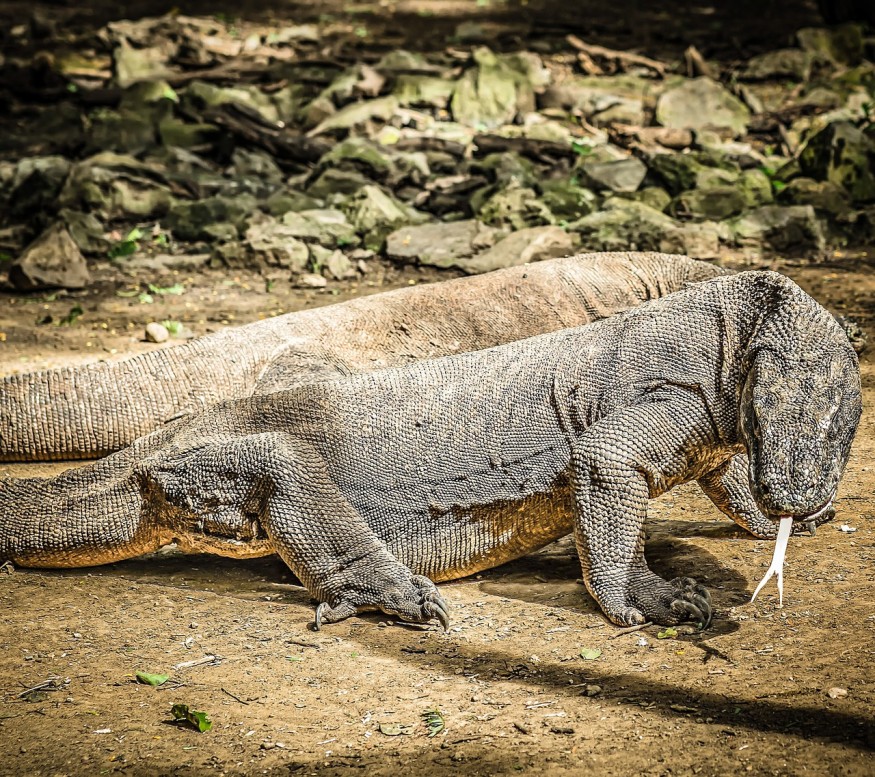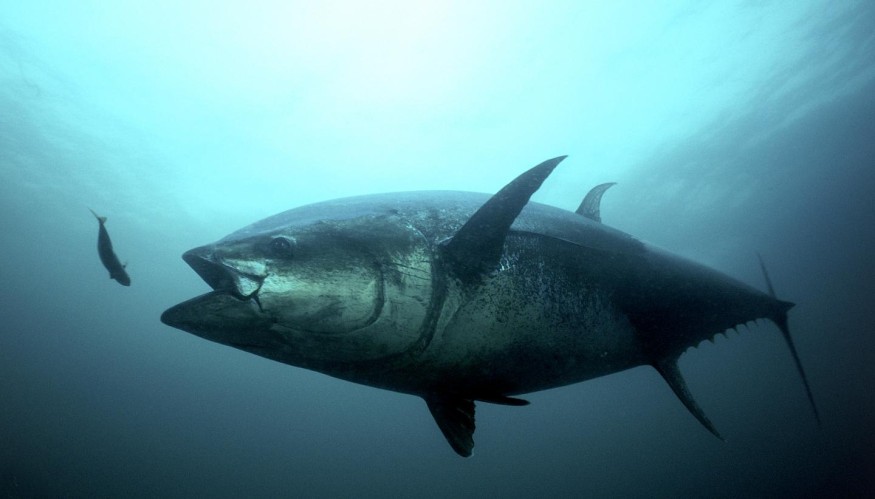According to the most recent "red list" update, the komodo dragon, the world's biggest lizard, is threatened with extinction as increasing water levels caused by the climate crisis reduce its habitat.

Rare Indonesian Dragons
The Komodo dragon, only found on a few Indonesian islands, dwells on the outskirts of forests or open savannah, seldom climbing higher than 700 meters above sea level. But, according to the International Union for Conservation of Nature (IUCN), rising water levels would impact 30% of its habitat in the next 45 years, changing its classification from vulnerable to endangered.
IUCN Update
The update, released at the IUCN World Conservation Congress in Marseille, is the first in more than 20 years for the komodo dragon. It comes after the first peer-reviewed research on the effects of global warming on gigantic lizards found that "urgent conservation efforts are necessary to avert the risk of extinction."
Related Article : Pandas Are Now Off Endangered Species List, But They're Still Not Safe From Threats
Komodo Habitat Destruction

In addition to being unable to travel to higher land, the komodo dragons' habitat is fragmenting due to human activity, making populations less genetically healthy and susceptible. Between 1970 and 2000, their ecological range on the island of Flores in south-eastern Indonesia is estimated to have decreased by more than 40%.
"The forest is progressively being chopped down and vanishing as a result of human pressure, while fires and deterioration are impacting the savannah. That's why the creatures are in such confined spaces," said Gerardo Garcia, Chester Zoo's curator of vertebrates and invertebrates. "As sea levels rise, habitats are becoming smaller."
Only in the early twentieth century did Europeans come across Komodo dragons, whom the beasts initially enthralled. Komodos, which may reach 3 meters in length and weigh more than 150 kilograms, eat mostly forest-dwelling pigs, deer, buffalo, and fruit bats that hang from low-lying mangrove trees. When they strike, their poisonous saliva lowers their prey's blood pressure and prevents it from clotting, putting them in shock. Yet, despite their gruesome qualifications, we know little about them because of their shyness.
"It's the most charismatic lizard on the planet, but we didn't know where the komodos resided until last year," said Garcia, who was part of three-year research with the Indonesian NGO Komodo Survival Programme that used camera traps to track their travels. They found where they lived on Flores and want to undertake more conservation and community work in those places now that they know where they were. In Komodo National Park, the subpopulation is now stable and protected.
Rising Numbers of Endangered Species
More than 38,000 species are endangered with extinction, according to the most recent IUCN red list. A complete review of shark and ray species was also included in the organization, with 37 percent currently endangered due to exploitation, habitat degradation, and climate catastrophe. Sharks and rays are also hampered by their biology, which causes them to breed slowly and in small numbers, making them slower to recover than other species.
Other "At Risk Species"

According to the implementation of fishing quotas in the last ten years, four out of seven commercially fished tuna species - Atlantic bluefin, southern bluefin, albacore, and yellowfin - are on the mend the IUCN red list update.
The Pew Charitable Trusts' Grantly Galland remarked, "The new ratings do provide some positive news." "Over the last decade, management of bluefin tuna and albacore has improved across the world, but we still advise caution since IUCN ratings are based on complete species and do not allow the assessment team to look at genetically different populations."
The Atlantic bluefin tuna, for example, isn't as endangered as other species, but its population in the western Atlantic continues to fall, and it's still in danger of extinction.
The success of albacore and southern bluefin tuna is due to the implementation of "harvest plans," Management specifies what regulations or measures they will take based on the stock's state ahead of time, and these new ratings are confirmed that those strategies are working.
"When fisheries managers are focused on a specific problem and devote resources to solving that problem, they can accomplish it, even decreasing fish quotas when stakeholders do not want them lowered," Galland explained. This demonstrates that we may attain our goals when we make difficult decisions and focus on recovery."
For more wildlife news, don't forget to follow Nature World News!
© 2025 NatureWorldNews.com All rights reserved. Do not reproduce without permission.





